By Rohan Wijesinha
As reported in the media on March 25, the Secretary to the Ministry of Wildlife and Forest Conservation announced that 83 wild elephants had been killed in as many days. As at March 29, and as per media reports, this number has now risen to 87. These are the number of carcasses that have been counted. Others may have crawled into the depths of the jungles to die, far away from the prying eyes of their tormentors. For, as per the Secretary, at least 50 of the 83 deaths had been caused by electrocution, the connection of mainline electricity to fences, and by hakka patas, explosives hidden in food items favoured by elephants that explode in their mouths when chewed on.
A census of wild elephants, conducted over six years ago, claimed that there were a little over 6, 000 left in the wild. In 2019, official records showed that 407 elephants and 122 humans fell victim to the human – elephant conflict (HEC); the highest number of deaths ever recorded. That figure may be dwarfed at the rate of attrition recorded this year, thus far. With the increasing, and illegal, clearing of their natural habitat, more and more populations of wild elephants are being displaced and are inevitably seeking sustenance in adjacent cultivations, placing those farmers and their families in danger; for let us not forget the human victims of this unfolding tragedy. Populations of wild elephants are not increasing, in fact, the opposite, but they are just being seen more as they desperately search for new refuges and sources of food.
Who are the real beneficiaries of electric fencing?
In a media report of March 27, the Parliamentary Committee on Public Accounts (COPA) has found that in 2019 and 2020, a mind blowing Rs. 490 million had been spent on electric fencing, in an attempt to reduce the conflict. It is clearly not working, and is due to the fact that most of these fences are in the wrong places; erected at the whims of politicians and not that of science, and common sense; many separating Department of Wildlife Conservation (DWC) and Forest Department protected areas, with elephants on both sides of the fences.
Science, and the DWC, has provided a solution in the form of the National Policy for the Conservation of the Wild Elephant, which was passed by Cabinet. In addition, a National Human - Elephant Conflict Mitigation Action Plan (AP) was submitted to the President, in December 2020, by a Presidential Committee appointed by him expressly to prepare this plan. Therefore, the AP which not only addresses human needs but is also based on science, takes into account elephant biology, ranging patterns and behaviour, and is available to the Government.
This plan proposes a paradigm shift in the way the Human – Elephant Conflict is addressed, based on pilot models that have operated successfully in the Galgamuwa area for the past eight years. Even with the demonstrated success of these pilot projects, the Government seems determined to pursue with the tested, and failed, model that resulted in this Rs. 490 million investment on ineffective fences at the wrong locations. Sadly, these science-based, practical solutions, that can save human and elephant lives, are just pieces of paper that lie on some Presidential or Ministerial shelf, yet to be acted on.
There is, however, a sacrifice that has to be made in implementing these solutions. It takes away the opportunity for politicians to exhibit their apparent powers of largesse; of gifting away the natural heritage of this country in exchange for votes, while placing those villagers in danger, and retreating themselves to the safety of Colombo where there is no HEC. Though the statistics show that this crisis has accelerated in the last 12 months, this erosion in wildlife conservation has been politically encouraged by all governments who have held power in the last half century.
What do we bequeath to our children?
Sri Lanka, its policy makers and people, have to decide, and now, whether wildlife and forests are to be preserved for the next generation. For as a keystone species, the health of forests, and of other wildlife, depends on elephants. In addition, are we to leave our children fresh air to breathe and clean water to drink? For without forests, these vital necessities of life will be under threat.
In addition, wild elephants and wildlife are an important source of foreign exchange to this country that provide, and can provide even more, to those who have wildlife as neighbours. How then do we attract visitors to these shores? Come and see barren lands where exotic wildlife once used to be? Surely not.
This is not about party politics or anti-government propaganda; this is fact! Preserve nature today, or it will kill us tomorrow. In the words of Lyn Margulis, co-president of Gaia (as in The Independent, October 23, 2011),
Life on Earth doesn't need us. We are like other species. We cannot put an end to Nature: we can only pose a threat to ourselves.
(The writer is a member of the Wildlife and Nature Protection Society subcommittee on Human-Elephant coexistence)
(Pix by Sameera Weerathunga)
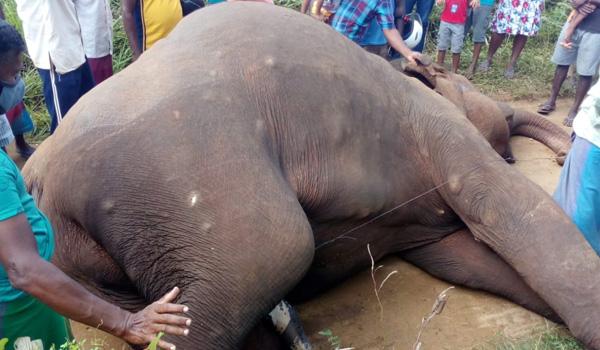
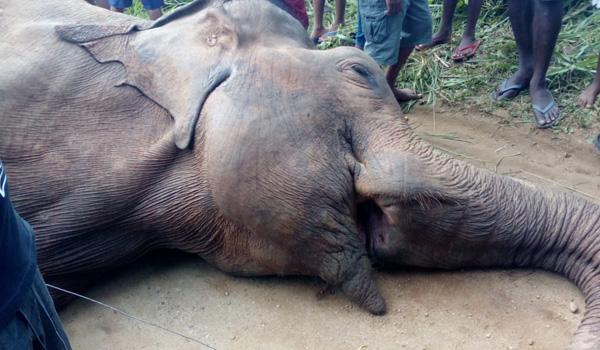
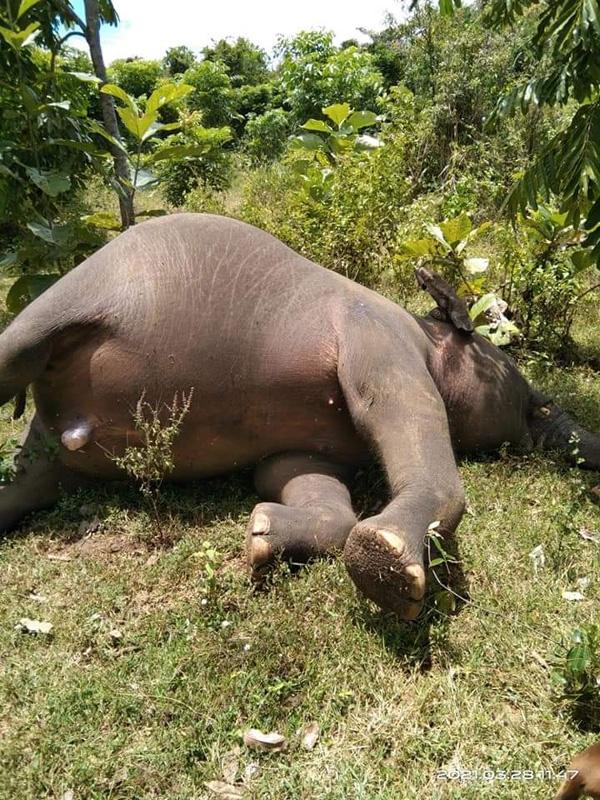
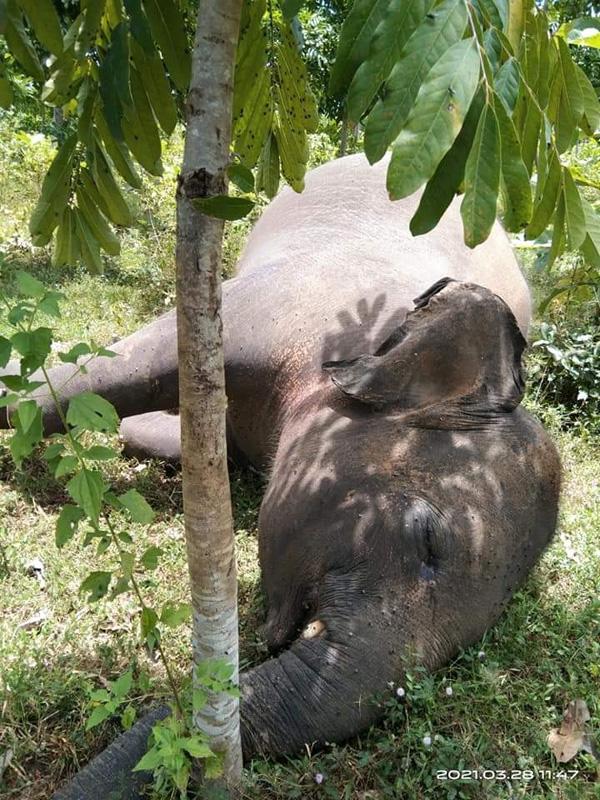
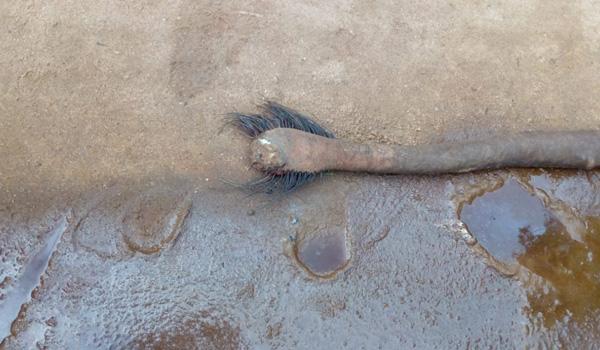
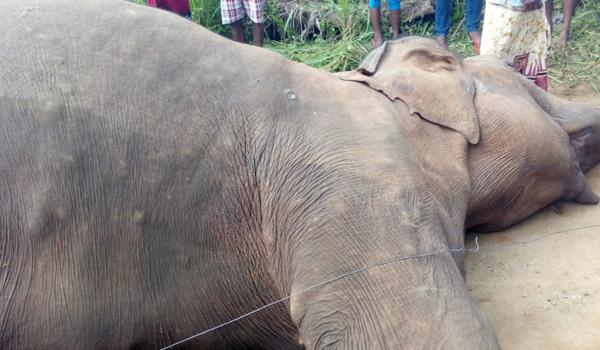
Leave Comments